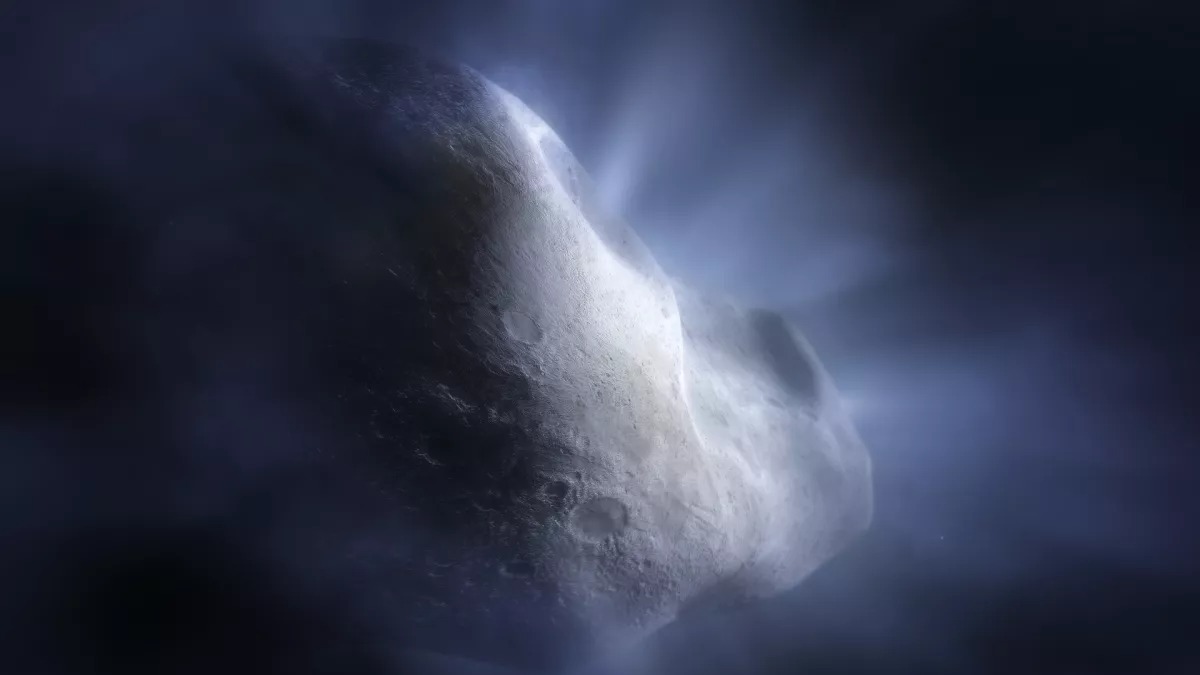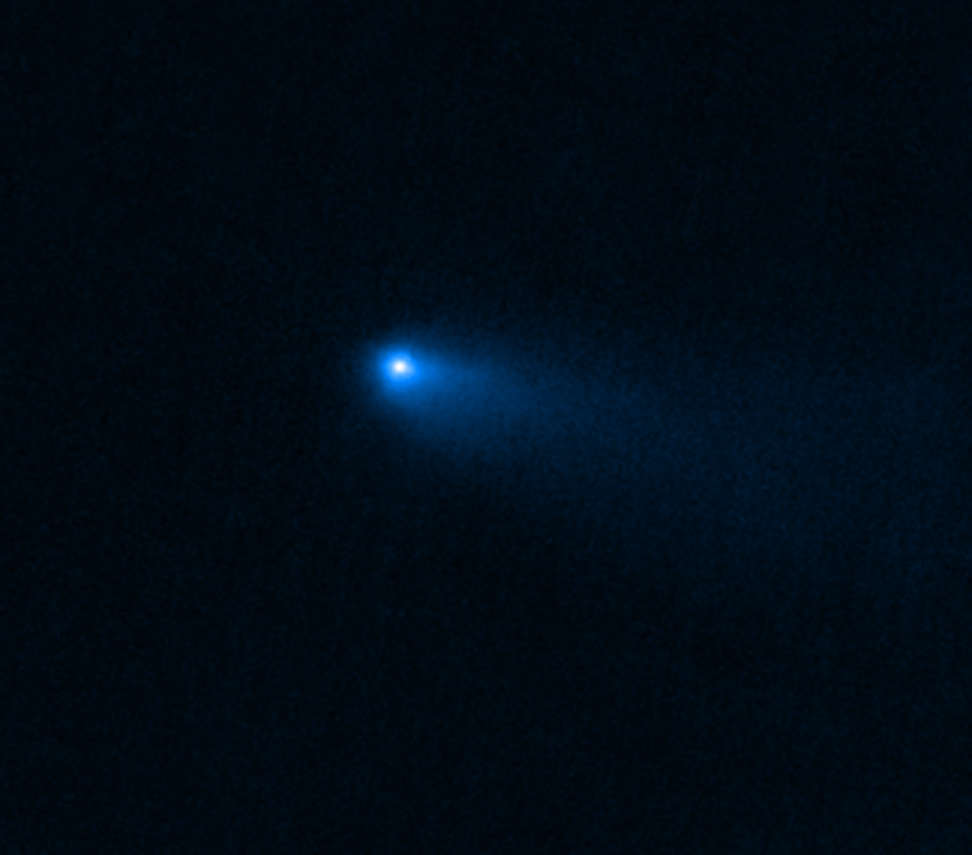The James Webb Space Telescope usually looks into the most remote corners of the Universe. But sometimes its attention is directed to the nearby objects of our Solar System. New observations of main-belt comets have revealed an unexpected discovery. Observing comet 238P/Read (P/2005 U1), scientists examined water vapor around it. The finding indicates that water can persist in this region of the Solar System.

238P/Read is a main-belt comet located within the main asteroid belt of our Solar System, existing between the orbits of Mars and Jupiter. Main-belt comets usually have a circular orbit, although they sometimes exhibit comet-like behavior.
It is believed that the main belt has remained since the early formation of the Solar System. The researchers hope that studying objects within this belt will help to understand where so much water comes from on Earth. Water is essential for the planet’s livability, and one theory is that the main belt has served as a source of water on Earth.

The discovery of water evaporation on comet 238P/Read provides evidence to support this theory, but it is additionally accompanied by a mystery. The collected data did not show any traces of carbon dioxide on the comet. This is strange, because CO2 usually makes up about 10% of the volatile substances in comets.
Perhaps carbon dioxide has long since evaporated from the comet’s atmosphere due to the high temperature. Another possibility was that 238P/Read formed in a warm region of the Solar System where CO2 was unavailable.
Previously, some scientists doubted that objects in the main belt could have ice in the atmosphere due to the proximity of the belt to the Sun. More research is needed to determine whether comet 238P/Read is unique, or whether other objects in the main belt have similar characteristics.
Earlier we reported about ten interesting facts about the James Webb Telescope.
Follow us on Twitter to get the most interesting space news in time
https://twitter.com/ust_magazine
